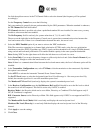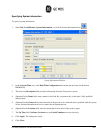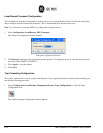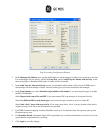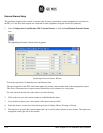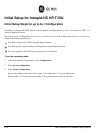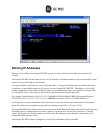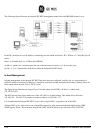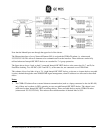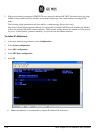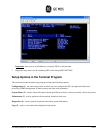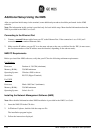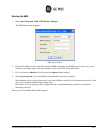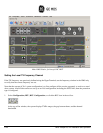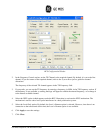
2-16 MDS Intrepid-HC HP Installation and Operation
The following figure illustrates an Intrepid-HC HP/T management model from an EMS/NMS point of view.
Each IDC calculates its own IP address, considering cascade shelf# and floor#:
##*3 floorshelfIPbaseIP ++=
where:
IPbase is dividable by 8 (i.e. = IPbase & 0xfffffff8),
shelf# = 0, which is the cascade master (the one with the protected carrier), or 1 for cascade slave,
floor# = 1, 2, or 3 (the number of the floor within the Intrepid-HC HP/T shelf).
In-band Management
In-band management of the Intrepid-HC HP/T link chain must be configured carefully due to a large number of
public IP address allocations. In addition, it should be noted that in-band management becomes a limiting factor for
chain length when only the Class C DCN is used.
The figure below illustrates the largest Class C in-band subnet (with CIDR = 26 bits, i.e. subnet mask
255.255.255.192).
The DCN shown in the figure makes use of the 192.168.1.64 in-band subnet. This subnet allows 62 nodes
192.168.1.65 - 192.168.1.126, and has a broadcast address of 192.168.1.127.
It is assumed that the Intrepid-HC HP/T at site A has a single GNE 1 assigned to one of the IDCs.
All three IDCs at site A have direct out-of-band IP connectivity with remote management applications (NMS,
SNMP Agent, Telnet). The remaining Intrepid-HC HP/T chain IP addresses are accessed via the GNE IDC.



